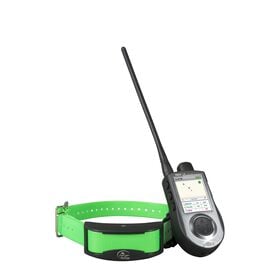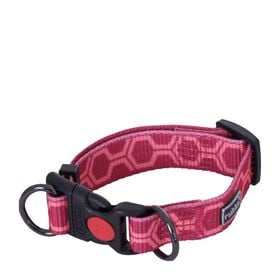Microchipping is now mandatory for cats and dogs in many Quebec municipalities and cities, including Montreal and Laval. The chip is used to identify your pet but do you know how it works?

What is a microchip?
It is a small chip, only a few millimetres long that is injected under your pet’s skin, near the shoulder blades, using a hypodermic needle. The procedure is no more painful than a vaccination. The microchip contains a unique ID number that permanently matches you with your pet. Every microchip manufacturer has a website where you can register your personal information and that of your pet.
Why do we microchip?
- A collar is easy to remove or lose, and a tag can fall off, but you can never lose a microchip.
- It’s a permanent means of identification that lasts your pet’s entire lifetime.
- A microchip provides quick and easy access to your contact information at all times. All veterinary clinics have a microchip scanner to identify animals found without their owners. This usually prevents a visit to the pound and undue stress for your pet.
- If you travel with your four-legged friend, a microchip can make your life easier, since it is mandatory in some countries.
- This tiny chip can, in fact, save your pet’s life if it runs away or becomes lost. This is particularly true of cats, which can sometimes be difficult to tell apart. With a microchip, it is possible to immediately determine whether an animal has a faithful owner waiting for it at home.

An important responsibility
Most shelters and SPCAs insert microchips at the time of adoption as a way of making people responsible for their pets. Correctly identifying cats, dogs and rabbits allows owners to be more easily located if their pets become lost, which limits the number of stray and abandoned animals.
Lost pets
Did you know that, according to the law, an animal that is unclaimed after 3 to 5 days can be adopted or euthanized? That is one of the reasons why a microchip is vital.
At veterinary clinics, SPCAs and shelters, microchip scanners are always used when a found animal is reported. The scanner is passed over the animal’s back and detects the microchip. It displays the animal’s 15-digit personal identification number. The number is entered on the chip company’s website to access your contact information so that you can be reached and your cat or dog can find its way back home.
If a sick or injured animal is found without its owner, being able to contact the owner makes it possible to speed up the decision-making process regarding medical treatment, and could potentially save the animal’s life. An animal that is in bad shape, without an owner or anyone to advocate on its behalf, will unfortunately be euthanized most of the time.

How to identify your pet
Microchipping is a veterinary procedure. A veterinarian or animal health technician working under the veterinarian’s supervision will proceed with the microchipping at your regular clinic. Several organizations and shelters organize discount microchipping days. Find out more!
Keep in mind that a microchip is not a GPS, so it is impossible to know where your pet is until someone finds it. But who knows? This option may soon be available.
For now, there are still tracking systems using GPS which can complete the microchip for your pet!
Don't lose your pet:







